-
 bitcoin
bitcoin $115178.669275 USD
3.07% -
 ethereum
ethereum $4187.145122 USD
5.98% -
 tether
tether $0.999974 USD
-0.02% -
 xrp
xrp $2.657749 USD
1.76% -
 bnb
bnb $1143.755467 USD
1.88% -
 solana
solana $204.642189 USD
5.78% -
 usd-coin
usd-coin $0.999808 USD
-0.01% -
 dogecoin
dogecoin $0.207825 USD
5.98% -
 tron
tron $0.300913 USD
1.42% -
 cardano
cardano $0.687188 USD
5.24% -
 hyperliquid
hyperliquid $48.081828 USD
8.50% -
 chainlink
chainlink $18.790575 USD
4.94% -
 bitcoin-cash
bitcoin-cash $558.997512 USD
8.92% -
 stellar
stellar $0.333150 USD
2.01% -
 ethena-usde
ethena-usde $0.999206 USD
0.00%
A Beginner's Guide to Finding Divergence with the MACD on the Solana (SOL) Chart
MACD divergence can signal potential reversals in Solana’s price by highlighting mismatches between price action and momentum, helping traders anticipate trend shifts.
Oct 26, 2025 at 12:36 pm
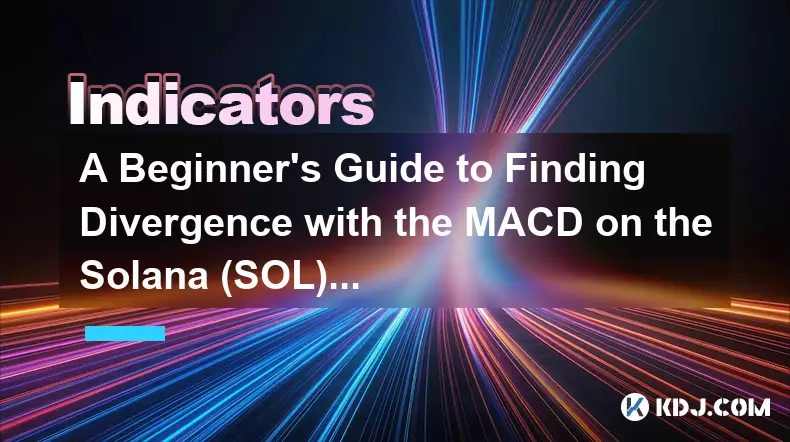
Understanding MACD and Its Role in Solana Trading
1. The Moving Average Convergence Divergence (MACD) is a momentum indicator widely used in cryptocurrency technical analysis, especially for volatile assets like Solana (SOL). It consists of three components: the MACD line, the signal line, and the histogram. These elements help traders identify potential trend reversals by measuring the relationship between two exponential moving averages.
2. When analyzing SOL, the MACD helps detect shifts in market sentiment before price action fully reflects them. This is particularly useful in fast-moving markets where early signals can mean the difference between profit and loss. Traders watch for crossovers between the MACD line and the signal line as initial cues for possible entry or exit points.
3. The real power of MACD emerges when spotting divergence — a scenario where price movement contradicts the momentum shown by the indicator. For instance, if Solana’s price reaches a new high but the MACD fails to surpass its previous peak, this bearish divergence suggests weakening upward momentum and a potential reversal.
4. Divergence does not always lead to immediate price drops or rallies, but it serves as a warning sign that underlying strength is shifting. In the context of Solana, which often experiences sharp pumps and dumps, recognizing these subtle imbalances early allows traders to adjust positions accordingly.
5. Applying MACD on different timeframes—such as 1-hour, 4-hour, or daily charts—can offer layered insights. Short-term traders may focus on intraday divergences, while swing traders look for confluence across multiple sessions to validate their strategies.
Identifying Bullish and Bearish Divergence on SOL/USDT
1. Bearish divergence occurs when Solana’s price forms higher highs, but the MACD line prints lower highs. This disconnect indicates that buying pressure is diminishing despite rising prices, hinting at an impending downward correction. Traders might use this signal to close long positions or prepare for short entries.
2. Bullish divergence happens when the price makes lower lows, yet the MACD forms higher lows. This suggests that selling momentum is waning, even though the price continues to fall. Such conditions often precede bullish reversals, offering opportunities to enter longs with tighter risk parameters.
3. To confirm divergence, align the peaks and troughs on both the price chart and MACD window visually. Use horizontal lines to mark significant swing points on the price and corresponding extremes on the MACD. Misalignment between these levels confirms divergence.
4. Not all divergences result in trend reversals. Some occur within strong trends as temporary pullbacks. Filtering false signals requires additional context, such as volume patterns, support/resistance zones, or candlestick formations near the divergence point.
5. On the SOL/USDT pair, divergence tends to carry more weight after extended moves. A prolonged uptrend followed by bearish divergence increases the likelihood of a meaningful correction, especially if accompanied by declining trading volume.
Practical Steps to Spot Divergence Using MACD on Solana Charts
1. Open your preferred trading platform and load the Solana/USDT chart. Set the timeframe based on your strategy—many beginners start with the 4-hour chart for balance between noise reduction and timely signals.
2. Apply the standard MACD indicator (12, 26, 9) from the studies menu. Ensure the histogram is visible beneath the main chart, as it provides a visual representation of momentum acceleration and deceleration.
3. Identify clear swing highs or lows on the price chart. Look for at least two consecutive peaks or troughs where price extends beyond the prior extreme. Then, check whether the MACD mirrors this movement.
4. Draw imaginary or actual trendlines connecting the corresponding MACD highs or lows. If price breaks structure but MACD doesn’t, divergence is present. For example, if SOL rises from $140 to $150 to $160, but MACD peaks decline from 1.8 to 1.6 to 1.3, that’s classic bearish divergence.
5. Wait for confirmation before acting. A break of a recent swing low after bearish divergence, or a breakout above a descending trendline following bullish divergence, adds credibility to the setup. Avoid jumping on divergence alone without follow-through.
Frequently Asked Questions
What is the best timeframe to find MACD divergence on Solana?The 4-hour and daily timeframes tend to produce more reliable divergence signals due to reduced market noise. Lower timeframes like 5-minute or 15-minute charts generate frequent but often misleading divergences because of short-term volatility.
Can MACD divergence predict exact reversal points?No indicator can pinpoint exact reversals. MACD divergence highlights potential shifts in momentum, not precise turning points. It should be combined with other tools such as Fibonacci retracements, RSI, or order block analysis for better accuracy.
Does MACD work well during low-volume periods for Solana?Performance diminishes during sideways or low-volume phases. In such conditions, MACD may generate choppy readings and false divergences. It functions best during trending markets with clear directional bias and increasing participation.
How do I avoid fake divergence signals on SOL?Filter signals using volume analysis and key price levels. A divergence occurring near a major resistance zone carries more significance than one in the middle of a range. Also, wait for price confirmation—like a strong engulfing candle or trendline break—before executing trades.
Disclaimer:info@kdj.com
The information provided is not trading advice. kdj.com does not assume any responsibility for any investments made based on the information provided in this article. Cryptocurrencies are highly volatile and it is highly recommended that you invest with caution after thorough research!
If you believe that the content used on this website infringes your copyright, please contact us immediately (info@kdj.com) and we will delete it promptly.
- Essex Post Office, 5p Coins, and King Charles: A Royal Mint Revelation!
- 2025-10-23 10:30:16
- Waymo's Newark Airport AV Tests: Alphabet's AI Gamble Pays Off?
- 2025-10-23 10:30:16
- King Charles 5p Coins: A Royal Flush in Your Pocket?
- 2025-10-23 10:35:18
- Solana, Crypto Advisory, and Forward Industries: A New York Minute on the Future of Finance
- 2025-10-23 08:51:22
- MAGACOIN: Ethereum Whales Dive into the Hottest Presale of 2025
- 2025-10-23 08:51:22
- Kadena's End of the Road? KDA Token Plummets Amid Project Abandonment
- 2025-10-23 08:55:34
Related knowledge
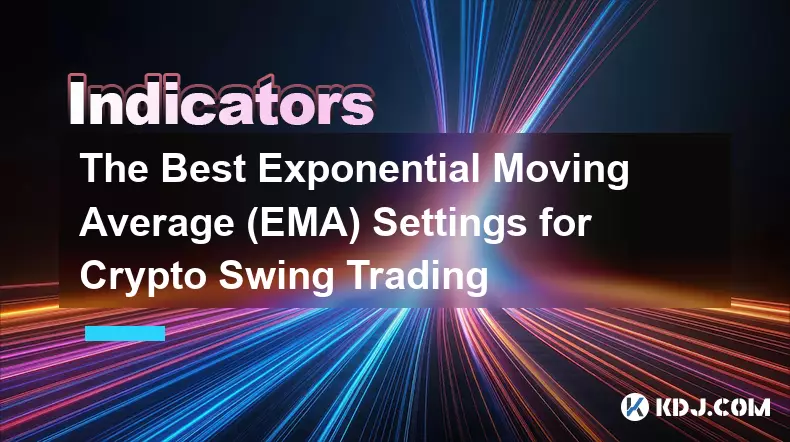
The Best Exponential Moving Average (EMA) Settings for Crypto Swing Trading
Oct 25,2025 at 04:55pm
The Best Exponential Moving Average (EMA) Settings for Crypto Swing TradingSwing trading in the cryptocurrency market relies heavily on identifying tr...

A Beginner's Guide to Finding Divergence with the MACD on the Solana (SOL) Chart
Oct 26,2025 at 12:36pm
Understanding MACD and Its Role in Solana Trading1. The Moving Average Convergence Divergence (MACD) is a momentum indicator widely used in cryptocurr...
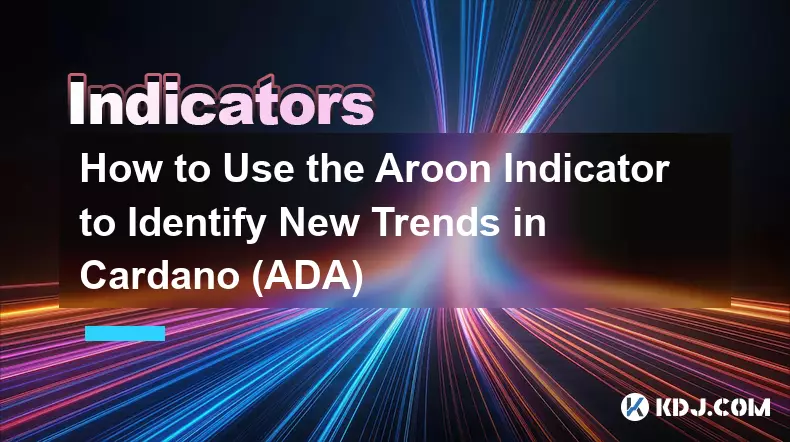
How to Use the Aroon Indicator to Identify New Trends in Cardano (ADA)
Oct 26,2025 at 10:18pm
Understanding the Aroon Indicator in Cryptocurrency Trading1. The Aroon indicator is a technical analysis tool designed to identify whether an asset i...
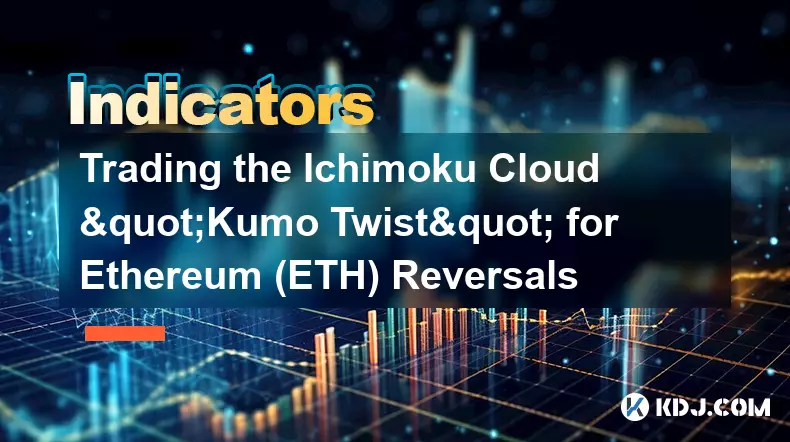
Trading the Ichimoku Cloud "Kumo Twist" for Ethereum (ETH) Reversals
Oct 27,2025 at 01:54am
Understanding the Ichimoku Cloud and Its Components1. The Ichimoku Cloud, also known as Ichimoku Kinko Hyo, is a comprehensive technical analysis tool...
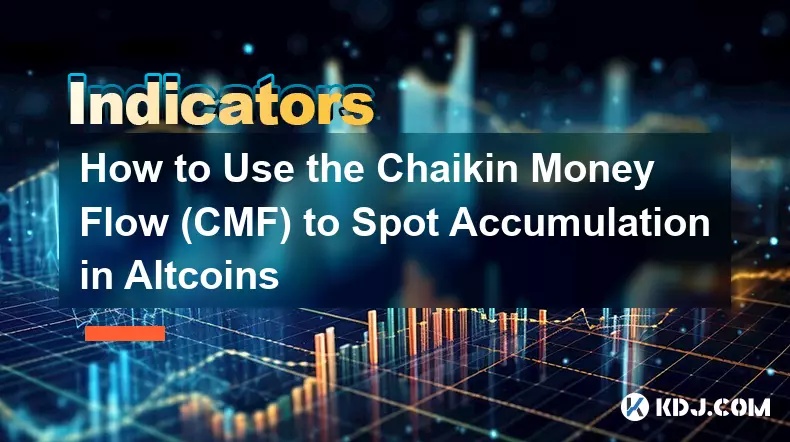
How to Use the Chaikin Money Flow (CMF) to Spot Accumulation in Altcoins
Oct 25,2025 at 08:18pm
Understanding Chaikin Money Flow in the Context of Altcoin Markets1. The Chaikin Money Flow (CMF) is a technical indicator developed by Marc Chaikin t...
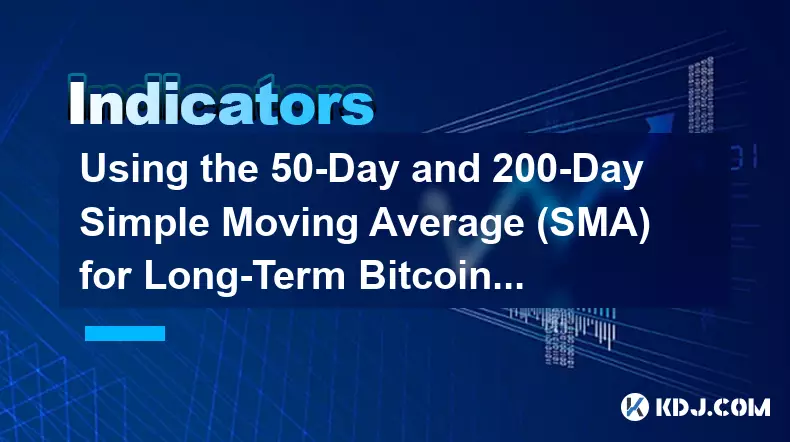
Using the 50-Day and 200-Day Simple Moving Average (SMA) for Long-Term Bitcoin Investing
Oct 27,2025 at 04:19am
Bitcoin's Role in Decentralized Finance1. Bitcoin remains the foundational asset in the decentralized finance ecosystem, serving as a benchmark for va...

The Best Exponential Moving Average (EMA) Settings for Crypto Swing Trading
Oct 25,2025 at 04:55pm
The Best Exponential Moving Average (EMA) Settings for Crypto Swing TradingSwing trading in the cryptocurrency market relies heavily on identifying tr...

A Beginner's Guide to Finding Divergence with the MACD on the Solana (SOL) Chart
Oct 26,2025 at 12:36pm
Understanding MACD and Its Role in Solana Trading1. The Moving Average Convergence Divergence (MACD) is a momentum indicator widely used in cryptocurr...

How to Use the Aroon Indicator to Identify New Trends in Cardano (ADA)
Oct 26,2025 at 10:18pm
Understanding the Aroon Indicator in Cryptocurrency Trading1. The Aroon indicator is a technical analysis tool designed to identify whether an asset i...

Trading the Ichimoku Cloud "Kumo Twist" for Ethereum (ETH) Reversals
Oct 27,2025 at 01:54am
Understanding the Ichimoku Cloud and Its Components1. The Ichimoku Cloud, also known as Ichimoku Kinko Hyo, is a comprehensive technical analysis tool...

How to Use the Chaikin Money Flow (CMF) to Spot Accumulation in Altcoins
Oct 25,2025 at 08:18pm
Understanding Chaikin Money Flow in the Context of Altcoin Markets1. The Chaikin Money Flow (CMF) is a technical indicator developed by Marc Chaikin t...

Using the 50-Day and 200-Day Simple Moving Average (SMA) for Long-Term Bitcoin Investing
Oct 27,2025 at 04:19am
Bitcoin's Role in Decentralized Finance1. Bitcoin remains the foundational asset in the decentralized finance ecosystem, serving as a benchmark for va...
See all articles










































































